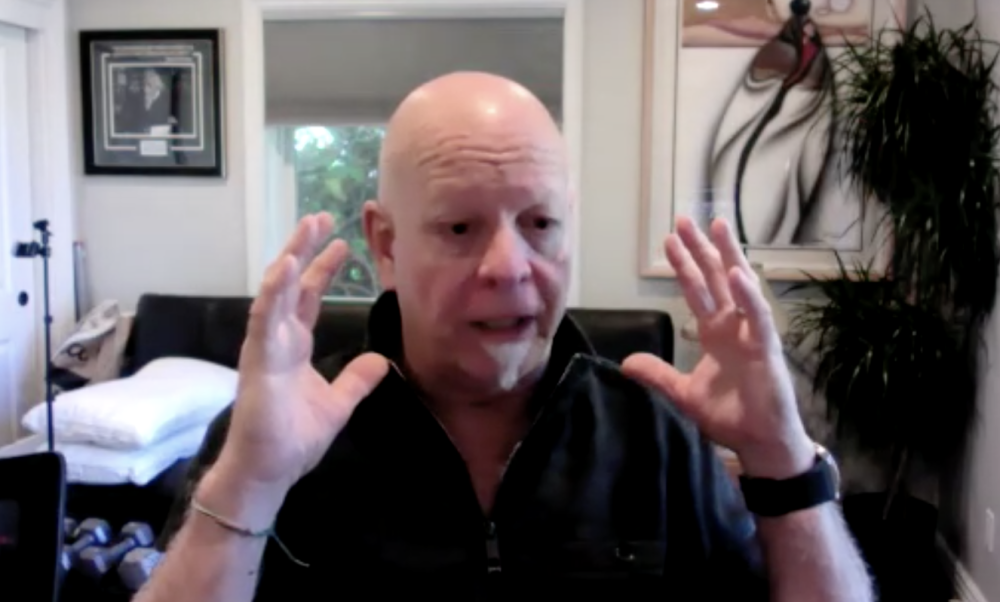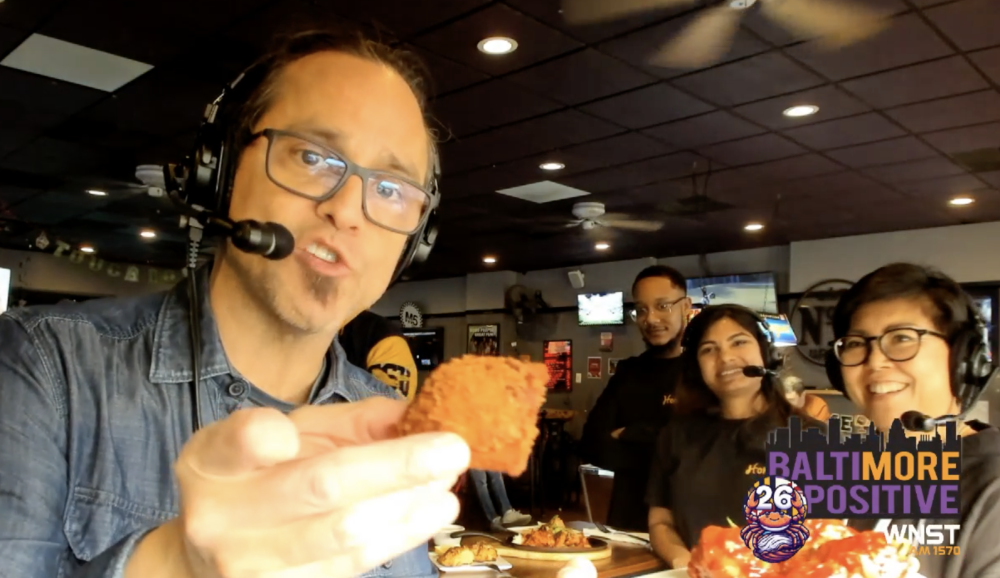The first 10 rounds of the 2019 amateur draft have said plenty about the new Orioles regime and reinforced the prevailing reputation of this year’s class.
The selection of Oregon State catcher Adley Rutschman first overall was an easy choice needing no interpretation, but general manager Mike Elias taking up-the-middle position players with his next seven picks is quite a shift from the pitching-heavy drafts of recent years under former executive vice president of baseball operations Dan Duquette and former director of amateur scouting Gary Rajsich. After drafting pitchers with 22 of their 32 total picks in the first 10 rounds of the previous three drafts, the Orioles didn’t take a pitcher until the eighth round Tuesday and took only two arms — both from college — with their first 11 picks.
Such a ratio would be more unusual if not for the overwhelming perception of this being one of the worst pitching drafts in recent memory as no pitcher was taken in the first six spots for the first time ever. Just 10 of the first 30 picks Monday were pitchers, a sharp departure from the last decade in which 14.5 pitchers were taken with the first 30 choices on average.
No one would describe this farm system as being anywhere close to deep in the pitching department — especially at the advanced levels — but the previous regime’s last few drafts deserve some credit for adding enough talented pitchers to at least make Elias feel better about not reaching for inferior arms over the first two days of the draft. DL Hall, Grayson Rodriguez, Keegan Akin, Zac Lowther, Blaine Knight, Brenan Hanifee, Michael Baumann, and Drew Rom all currently appear on Baltimore’s MLB.com top 30 prospects list after being drafted from 2016-18 and virtually all are having good 2019 campaigns. Perhaps College of Charleston right-hander Griffin McLarty and VCU righty Connor Gillispie will join that collection of promising talents in the not-too-distant future after being drafted Tuesday.
The lack of pitcher selections doesn’t tell the whole story about the Orioles’ first 11 picks, however.
It’s no coincidence that Elias drafted three shortstops and three center fielders as he’s clearly trying to upgrade the organization’s athleticism. Too often in the past, Baltimore would select corner players lacking positional flexibility, which can lead to questionable team defense and logjams like the one we’ve witnessed at first base for years. You draft an abundance of shortstops having the ability to play other infield spots or even the outfield if necessary. Similarly, a surplus of center-field prospects should provide plenty of plus-defense corner outfielders along the way.
In other words, if you’re going to draft a player already at a corner spot in high school or college, you better believe his bat has a good chance of being special.
Elias also followed the selection of Rutschman by drafting catchers in the sixth and 10th rounds after the Orioles had taken only one backstop in the previous five drafts combined. That’s probably a reflection of the organization’s current minor-league catchers as much as anything else, but you can never have too much depth at such a physically demanding position.
To be clear, none of these ideas are revolutionary concepts among well-run organizations that excel in adding and developing young talent, but it’s refreshing seeing the Orioles value up-the-middle position talent. Of course, we won’t know how well these picks will fare for at least a few years.


























